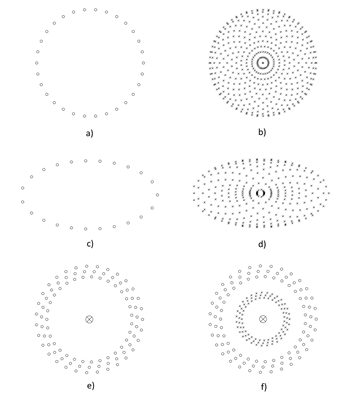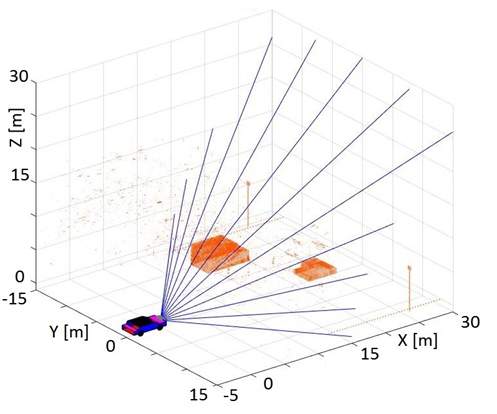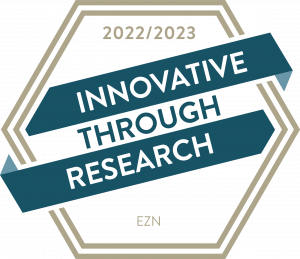Near Field Automotive Synthetic Aperture Radar
// Electronics and Electrotechnology // Information and Communication Technology // Measuring and Control Technology
Ref-Nr: 16542
Abstract
Autonomous driving is one of the central themes of the 21st century. Radar sensors play an important role in the field of driver assistance systems. In contrast to cameras, radar sensors function reliably at night, in snow and fog. However, individually used radar sensors have disadvantages when detecting the near field. Several radar antennas, arranged on a circle at the front of the vehicle, increase the resolution of previous radar sensors and enable a 3D radar image of the surroundings.background
The radar sensors of a vehicle scan different angular ranges and make the data available to the driver assistance system.
Motivation
This approach has the disadvantage of a low angular resolution, which is particularly noticeable in the near-field range. In addition, current sensors do not provide any information about the height of objects.Innovation / Solution
The angular resolution of radar sensors can be improved using the "synthetic aperture radar" method. Instead of moving one sensor on a straight line, several sensors can be used. Unrealistic distances of less than 1 mm can be extended to a feasible 4 cm without loss of image quality. The antenna structure (arranged on a circle) and the control of the system by cleverly switching the antennas on and off are regarded as inventive. Fig. 1 shows positions of the individual radar sensors on a contour and corresponding synthetic/virtual antennas: a) real antennas on a circular contour, b) synthetic antennas on a circular contour, c) real antennas on an elliptical contour, d) synthetic antennas on an elliptical contour, e) real receiving antennas on circular contours and a transmitting antenna in the middle, f) synthetic antennas on circular contours with a transmitting antenna. Fig. 2 shows the reconstructed 3D environment of the near field of a car with a radar circular antenna at the front. A truck, a car and streetlights are recorded by the radar and displayed as 3D points. The visible area of the radar is marked by lines.Benefits
The invention is intended to enable the 3D near-field reconstruction of the vehicle environment up to about 30 m and beyond with high angular resolution.
The 3D reconstruction can also be used to measure the height of objects.
The system could also be used as side radar.
fields of application
The invention lies in the field of radar driver assistance systems.You can close this window. You can find your search results in the previous window






